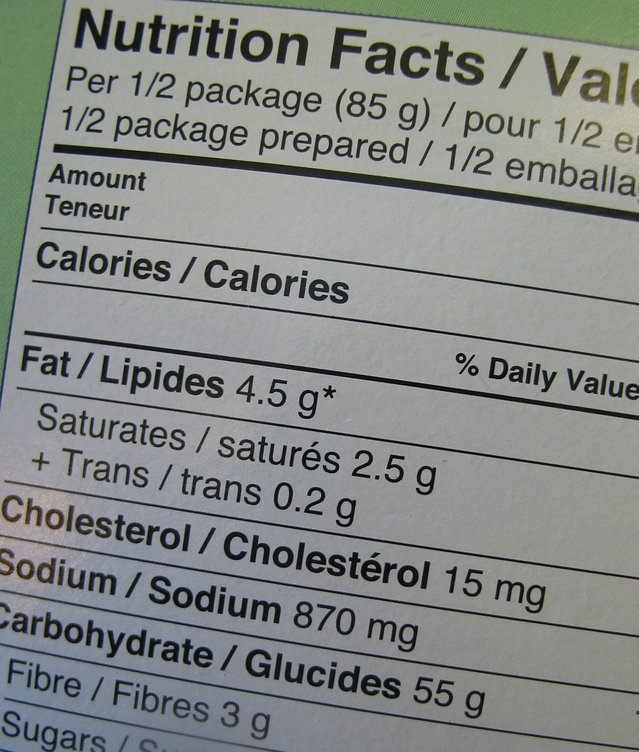 Cold, hard numbers are hard to translate into real life experience, so they often lose their meaning. They are just too abstract. That’s why the calories per serving listed on food labels do not dissuade many people from eating them. Also, they can sometimes be misleading, as one small soft drink can be split into 2 or 3 servings, making the calorie count appear smaller than it actually is.
Cold, hard numbers are hard to translate into real life experience, so they often lose their meaning. They are just too abstract. That’s why the calories per serving listed on food labels do not dissuade many people from eating them. Also, they can sometimes be misleading, as one small soft drink can be split into 2 or 3 servings, making the calorie count appear smaller than it actually is.
So what if instead of the number of calories, food companies listed the amount of time it would take to burn off those calories through exercise? Walking at the reasonably brisk speed of 3 to 5 miles per hour and running at 5 miles an hour would be a great way to measure.
Just imagine. A sugary soft drink, listed at 138 calories doesn’t seem like a huge splurge. But when you take into account that you have to spend an extra half hour on the treadmill, it might give you pause before indulging.
Another example is a chicken and bacon sandwich, which rings in at 445 calories but requires one hour and 22 minutes of walking or 42 minutes of running to burn it off. And maybe you should pass up that blueberry muffin unless you plan on spending 48 minutes walking or 25 minute running to burn it off.
This sort of real-life representation might lead people to eat less in lieu of spending more time in the gym. Because, let’s face it, we only have so much time and energy to exercise. You can’t burn off the sandwich, the soda AND the muffin you had for lunch, in just one sweaty session, without going super hard.
We can call this innovative type of labeling, “calories with consequences”. And just maybe, it would make it harder to eat mindlessly and with ignorant bliss. Sure, this wouldn’t dissuade people who don’t watch their health or weight anyway, but for people who are concerned, it’s a much better way to communicate the consequences of what they are eating.
Of course, food companies are not too motivated to make this switch. Their aim is to sell you as much food as you can possibly eat. So if you are intrigued with this way of representing calories you can make the conversion yourself in your head. If 100 calories means 20 minutes of brisk walking or 10 minutes of running, you can do the math yourself. So next time you are eyeing that small bag of potato chips, that ring in at 171 calories, ask yourself if you are willing to spend an extra 31 minutes walking or 16 minutes running to burn it off?
Lastly, if you are interested in maintaining your health or weight loss, don’t just take calories into account. The quality of the food you eat is also very important. Eating sugary foods with fat but little protein or fiber, will stimulate your insulin response and cause your body to store more fat.
Besides, it’s all too easy to slurp down 150 calories of soda, but it’s a lot more work to eat the equivalent calories in baby carrots, as you’d have to consume 45 carrots in a sitting. That’s hard to do, even with yummy dip.
If you want to get a jump start on your nutrition check out our 21Day Complete Body Makeover Program which comes in Chocolate and our new flavor Vanilla.

